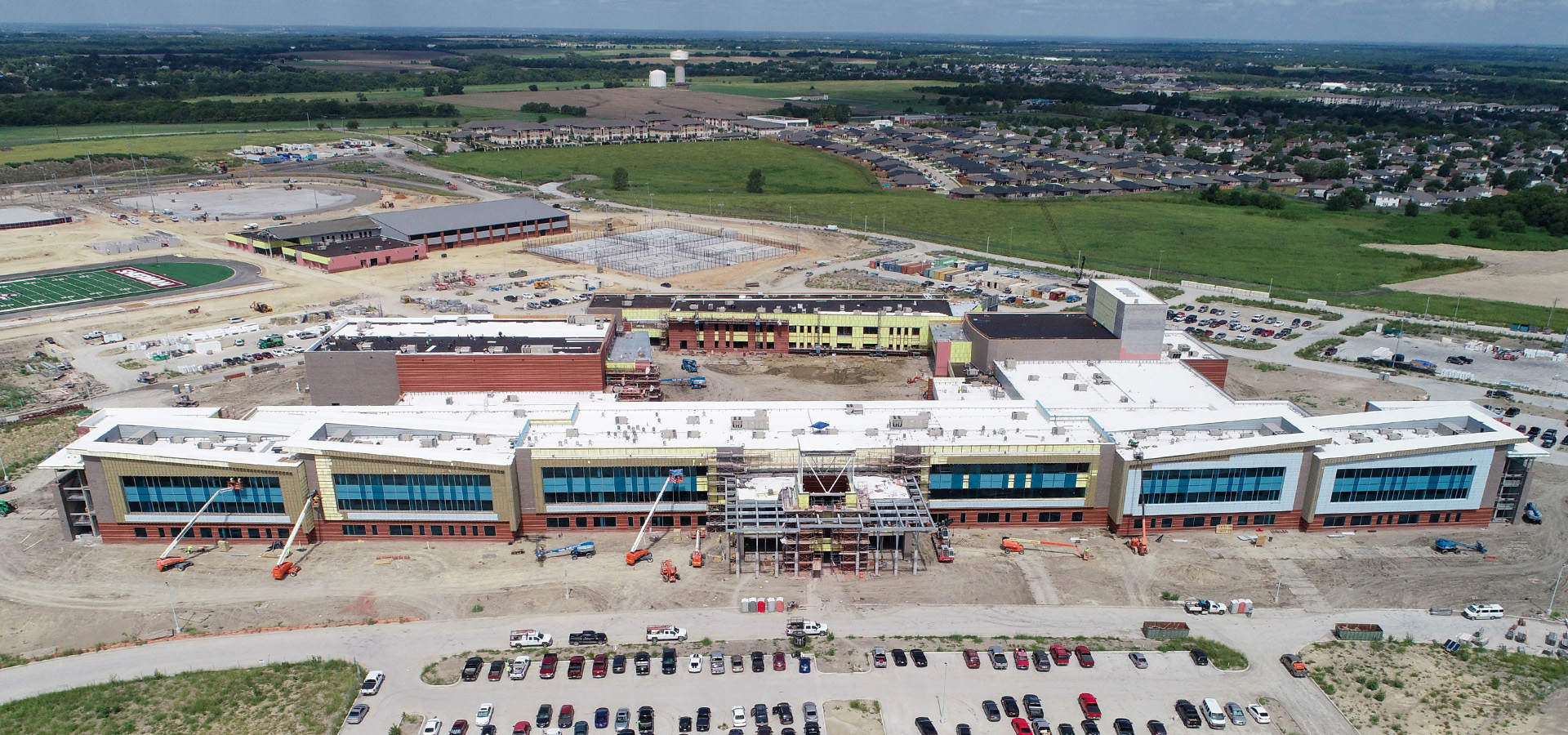The Education market has seen increased interest of late, with the number of general contractors bidding Education up nearly three-fold over the last 8 months. What is driving this?
As soon as COVID-19 made its debut in the United States, the uncertainty surrounding the business environment impacted the flow of new construction deals. Once construction was deemed an essential business and our “new normal” began to take shape, the Education market appeared rather unaffected. Most current projects continued with little interruption and many planned projects were released as scheduled. The market initially responded with a slight cost increase but that quickly corrected as new deals in other markets and construction starts continued to lag. Reminiscent of 2010, the Education market quickly saw increased competition as contractors that have not historically built Education projects began looking for work to fill their backlog gaps. There were also quite a few new contractors (several from outside of Texas) who began targeting work in all or some of the major Texas markets (Dallas-Fort Worth, Austin, San Antonio, Houston). For some projects, this has resulted in a three-fold increase of competitors where it is not uncommon in the current environment to see 10-15 contractors for a bid that typically (pre-COVID) may have seen 6-8 bidders. Along-side this trend, our team has also seen incredible interest from our subcontractor base, where we are getting strong coverage across all trades (typically an average of 8 subs per major trade). As result of the increased supply of contractors and aggressive subcontractor pricing, the Education market has seen a cost reduction of up to 10% in ground up Competitive Sealed Proposals, and we are beginning to see a reduction of Fees/GC’s on Construction Manager at Risk work, as well. We expect this competitive trend to continue for some time and for education clients to continue to see benefits to pricing in the near-term, but we are beginning to see a slight uptick in material costs recently.
Another notable impact of the pandemic is the postponement of most May 7th bond elections. Many K12 contractors base their backlog targets off of the bond cycle which has constrained backlog for many contractors as the opportunities from May bonds this year were pushed to November. There were more than $9B worth of bonds voted on in November, almost a 30% gain over the same period last year. This has created an environment primed for extremely competitive pricing as contractors are still looking to book additional backlog for ’21 and ’22 to ensure that they can weather the unknowns ahead. The districts and colleges who will benefit from this competitive environment the most are those who are able to quickly bid their projects and start their projects sooner than later. Because of the uncertainty of the next 12-24 months (resulting from current and future impacts of COVID), those projects with starts pushing into the latter part of ’21 and into ’22 may face a bottleneck due to demand outpacing supply.
At Cadence McShane, we are closely monitoring this situation and continue offering our clients timely guidance, as we have throughout our extensive history. We are watching new developments in commodity pricing and labor, and analyzing their implications to project costs and viability. Due to the fact that we maintain a substantial volume of work across education, commercial and multi-family markets, we can evaluate multiple product types, construction methods, materials selection, and schedule implications for each to combine the benefits of costs and schedule. This process enables the team to consider the right course for site/space usage, construction costs, and delivery.
